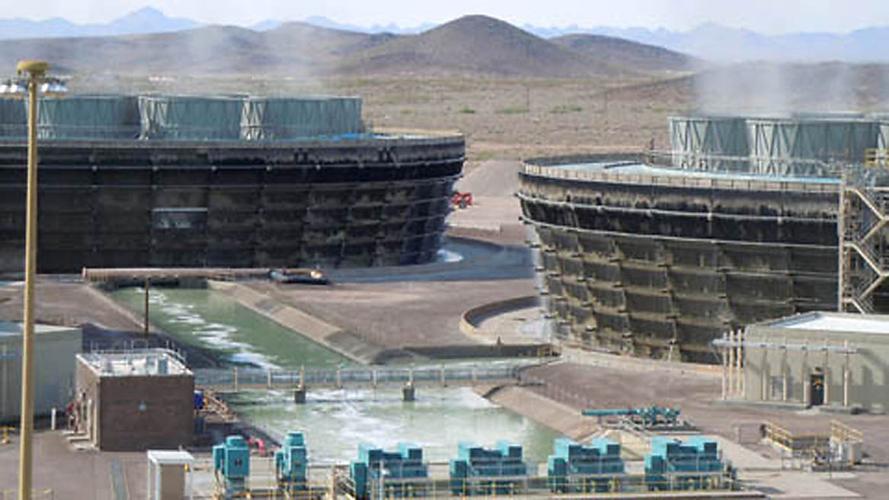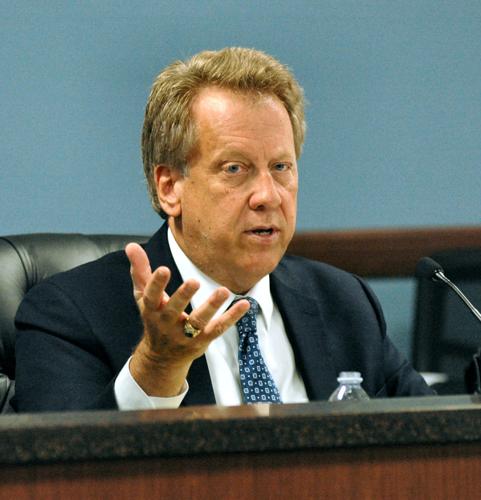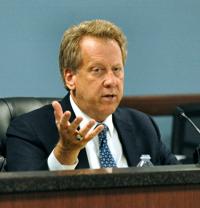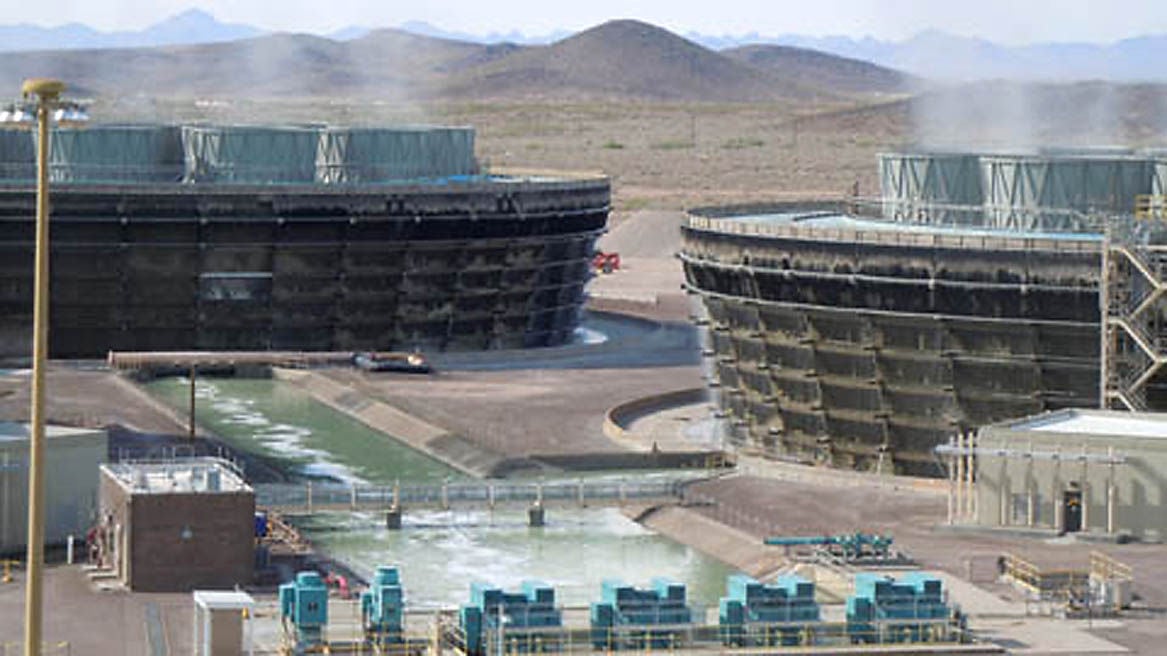PHOENIX — Two utility regulators are questioning whether some customers of Arizona Public Services are paying too much — and if the company is earning more than it is legally entitled.
Boyd Dunn and Bob Burns point out that the Arizona Corporation Commission voted in 2017 to let the state’s largest electric utility collect an additional $95 million a year from customers.
More significant, commissioners agreed to permit APS to change its rate plans to charge customers more during periods of high demand and less when demand is low. And the 4-1 vote, with Burns in opposition, also increased rates for those customers who didn’t want to go on time-of-day rates.
All totaled, APS was allowed to set up six different rate plans.
But the regulators, fearing customer confusion over those changes, also ordered the utility to conduct an extensive education program to help customers figure out which plan makes sense for them.
On Monday, Dunn and Burns filed a document with the commission citing what they say have been a “substantial” number of complaints from customers that their bills have gone up far more than the average $6 a month the company claimed. And they said there’s also some question as to whether those higher bills are resulting in APS taking in more than the additional $95 million the company was given permission to collect from customers.
“Under the constitution, a utility has a right to receive a reasonable profit,” Dunn said, adding that the review will make certain APS is getting that — and not more.
There is no question that some APS customers are paying more than that extra $6 a month. But APS spokeswoman Suzanne Trevino said that’s not a surprise.
“Our customers are seeing an average 4.54 percent increase. That means some of our customers are paying less and some of them are paying more,” she said.
Trevino said 23 percent of customers have smaller bills than they would under the old rate plans.
That, however, still leaves the question Dunn and Burns are asking about whether some customers could be paying less — if only APS had done a better job of explaining the choice of new rate plans to its customers.
What makes that important, Dunn said, is that if customers did not get — and understand — the information APS promised to provide that they may be paying more than they should had they been able to choose the best rate plan for them. And that, in turn, may be generating more money for APS than that $95 million in new revenues the commission said they could earn.
Trevino said the company had multiple education efforts, including advertising, open houses and messages in customers’ bills.









